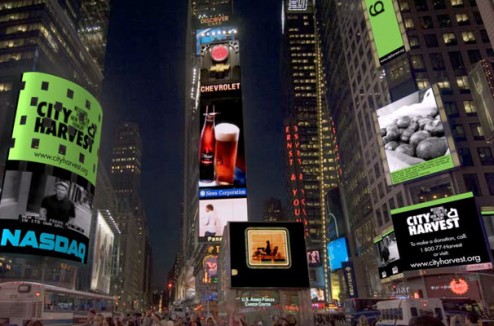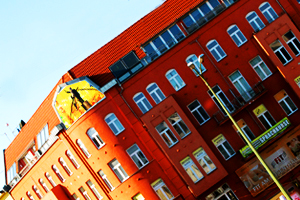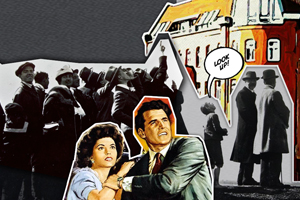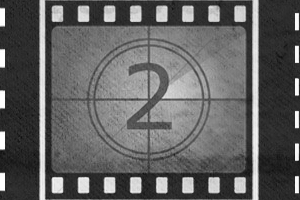
THE STREAMING MUSEUM PRESENTS:
WE WRITE TO YOU FROM THE DISTANT FUTURE
30 November – 1 January 2013
MOMENTUM’s SKY SCREEN is proud to host 2 video programs curated by New York City’s STREAMING MUSEUM
The Streaming Museum – In Cyberspace And Public Space On 7 Continents
The Streaming Museum has presented over 30 video exhibitions since its launch on January 29, 2008 that have been viewed by millions of people on public screens in over 55 cities and Antarctica. Produced and broadcast in New York City, Streaming Museum generates its dynamic, innovative content of international fine arts, culture and visionary innovations in collaboration with prominent and emerging visual and performing artists and curators. The museum also presents exhibitions and events at partnering cultural centers and international arts festivals. The selection presented on SKY SCREEN features 2 Streaming Museum video programs including 7 artists from around the globe.
WE WRITE TO YOU FROM THE DISTANT FUTURE
MICHAEL NAJJAR – Bionic Angel (2006)
MITCHELL JOACHIM/TERREFORM ONE – Jetpack Packing (2010); Blimp Bumper Bus (2008); Fab Tree Hab Village (2009); Rapid Re(F)Use (2008); Green Brain: A Smart Park For A New City (2006)
EDUARDO KAC – Lagoglyphs (2009)
ETOY – Mission Eternity (2005 – 2016)
ANDREA ACKERMAN – Rose Breathing (2003)
JOHN SIMON, JR. – HD Traffic (2009)
ARTIST AND WORKS

Streaming Museum’s fall 2010 exhibition featured at Zero One San Jose Biennial, Tina b. Prague Contemporary Art Festival, the Big Screen Project NYC, and throughout its global network of screens in public spaces.
We Write This To You From the Distant Future is a multi-media exhibition of work by visionary creators in the arts and sciences that focuses on a future world imagined and possible to build.

The exhibition title is a line spoken by the narrator in Immobilité (2009), a 75-minute feature length art film shot with a mobile phone video camera by Mark Amerika, with music score by Chad Mossholder. A remix collection from Immobilité opens the exhibition evoking questions – how will a technologically advanced world effect what it is to be human and what is the world with advanced technology to become?


In Michael Najjar’s Bionic Angel (2006) series (courtesy, bitforms gallery, NYC), creatures in the throes of transformation are a metaphor for inevitable genetic self-creation and possible immortality of the human body.


Mitchell Joachim/Terreform ONE, imagines human adaptation to global climate shifts and designs for transportation, habitat and sustainable living in the urban environment in Jetpack Packing, (2010); Blimp Bumper Bus, (2008), Fab Tree Hab Village, (2009), Rapid Re(F)Use, (2008); Green Brain: A Smart Park For A New City, (2006). View these images here.
Eduardo Kac animates a poetic code/language in Lagoglyphs (2009) that defies interpretation but derives meaning from his bio artwork, Alba (2000), a genetically engineered bunny.
Etoy’s Mission Eternity (2005 – 2016) is a digital cult of the dead for the information society that crosses the boundaries of the afterlife, and challenges the way human civilization deals with memory (conservation/loss), time (future/present/past) and death.
Rose Breathing (2003), an undulating cross-species rose, creates a Zen-like meditation as it rhythmically opens and closes in time-altered human-like respiration. Artist and scientist Andrea Ackerman has created at the intersection of technology, nature, aesthetics and ethics, a work that prophetically signals the inevitable integration of technology and nature.
HD Traffic (2009) by John F. Simon, Jr., is a software artwork inspired by the compositional style of Piet Mondrian, with particular inspiration from Broadway Boogie Woogie and Simon’s love of jazz improvisation. HD Traffic can react dynamically to real-time information streams taken from the Internet, and reflect the pulse of human movement that is embodied in the flow of traffic and other data.
“Skin has become inadequate in interfacing with reality. Technology has become the body’s new membrane of existence.” (Nam June Paik)


 Back to Homepage
Back to Homepage

